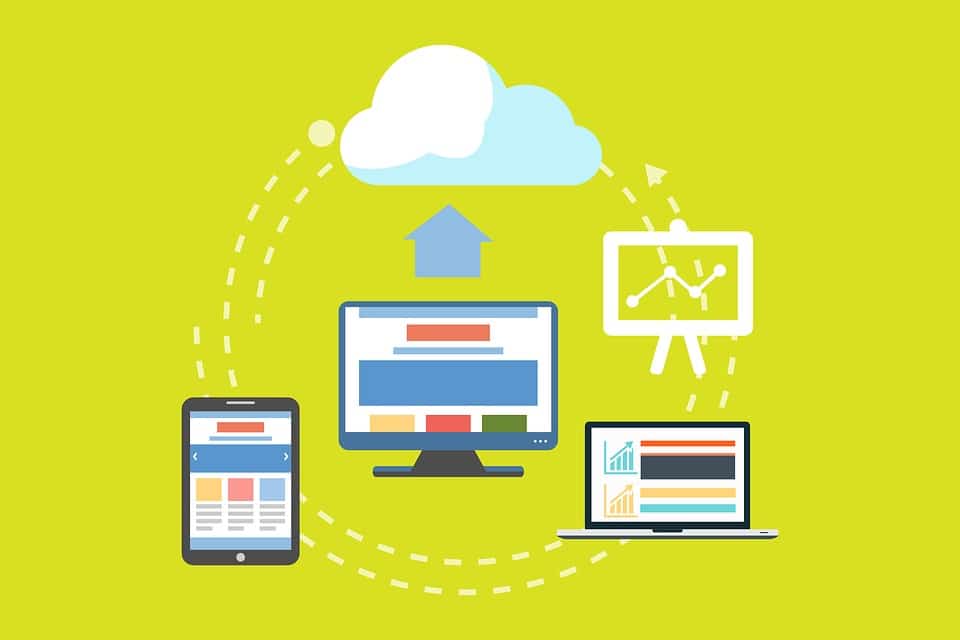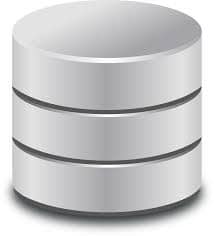Before you start
- CloudySave is an all-round one stop-shop for your organization & teams to reduce your AWS Cloud Costs by more than 55%.
- Not only savings by choosing Cloud, CloudySave thinks more about savings within cloud.
- Our goal is to provide clear visibility about the spending and usage patterns to your Engineers and Ops teams.
- Sign up Now and uncover instant savings opportunities.
Cloud technology has become incredibly widespread. Its popularity is growing every day as small-to-medium businesses and tech companies find cloud based servers an excellent & efficient for their use-cases. In reality, businesses & organizations of all types & sizes are joining the cloud bandwagon, thanks to its incredible speed and efficiency.
A survey by Datometry reveals, Over 60% of enterprises reported that, Increased savings with infra costs provided by Cloud Companies are the main reason to shift from conventional on-site servers.
The immense magnitude & popularity of cloud technology among business/tech owners can be measured by a report from Flexera which found that an astonishing 94% of enterprises are already using one or more forms of cloud technology.
What is Cloud Computing all about?
Cloud computing is an incredibly innovative digital storage and computing technology that boosts the data availability, scalability and performance of an enterprise/applications.
- By definition, cloud computing is a service that provides on-demand IT resources over the internet which are priced on a pay-as-you-go model.
- With cloud technology, enterprise/business owners doesn’t need to have an on-site server database or even an in-house IT team. It provides any number of servers, and scalable storage and computing capacity for enterprise applications & databases.
- The cloud technology is mostly being used by businesses for email, storage, data backup, software testing & development, disaster recovery, big data analytics, virtual desktops, web applications for consumer’s use, and other similar online services.
- Real-world examples of the use of cloud technology can be seen in the financial sector that uses it for implementing real-time fraud tracking and prevention.
- The power of the cloud is also being harnessed by the healthcare sector to create customized and more efficient healthcare plans for patients. The technology is also being extensively used in the video game industry with cloud-based servers for online gaming.
Reasons for Higher Average Cost Savings with Cloud Computing
These are the few ways for migrating towards cloud helps in saving costs wrt. business operations:
No set-up investment is required
Conventional on-site server technology requires spending money on setting your own IT infrastructure. On the other hand, starting up on the cloud is extremely cost-efficient.
- With conventional server technology, there are several unexpected expenses that are normally incurred from maintaining and operating an in-house IT infrastructure.
- As cloud services provide storage and computing at a fixed cost, there is no need to pay a lump-sum amount as investment up-front.
- Cloud services are just like any other utility service and it takes care of all maintenance at a nominal cost.
Helps to optimize hardware use
Cloud service providers accommodate the fluctuating need of servers, resulting in a scalable service.
- The cloud platform considers resources that are used, such as storage capacity and computing prowess.
- This ensures that you get the most optimal use of hardware resources for running your business applications with cloud servers.
Cuts down on energy bills
The power consumed by in-house servers is immense, especially when the servers need to run round the clock. Having an on-site server database does not mean you will always be using it to its full capacity, which does not help with energy conservation.
- In contrast, cloud computing services are exceptionally efficient and consume comparatively less energy.
- The optimal use of servers leads to significant power savings. As cloud based resources are shared between several consumers, this results in lowered energy rates for the cloud service provider, which in turn, helps you save remarkably a lot on energy bills at the end of every month.
Removes expense of maintaining in-house IT team
Those with a deeper knowledge of their on-site IT infrastructure know the significant expense of employing an in-house IT team to maintain it. The salaries for skilled IT technicians and engineers are quite high in light of their essential services. The shortage of talent in the industry is another reason for the higher wages of IT employees. In addition, the in-house IT team also requires expenses for hiring, training and accommodation.
- However, with the cloud platform, businesses no longer need to have an in-house IT team as it automatically takes care of maintenance costs in the total subscription charges.
- Thus, shifting to cloud technology helps to remove the expense of an IT team completely.
Removes the expenses of redundancies
An in-house IT team confesses redundancies to be a huge problem in the management of the system. Relying on single hardware is risky and an alternative hardware system needs to be kept running and prepared to take the workload in case the main system crashes for any reason. Buying and maintaining redundancy hardware add significantly to the overall cost of maintaining in-house IT infrastructures.
- However, moving to the cloud platform removes the need to have an alternative hardware system entirely.
- Cloud service providers have numerous data centers and ensure resilience by replicating and storing your data on several data centers at any given time.
Final Thoughts
These aspects of cost-cutting matter most when deciding to shift your enterprise applications and database to cloud platforms. There are significant average cost savings in cloud computing apart from increased efficiency and enhanced performance.








